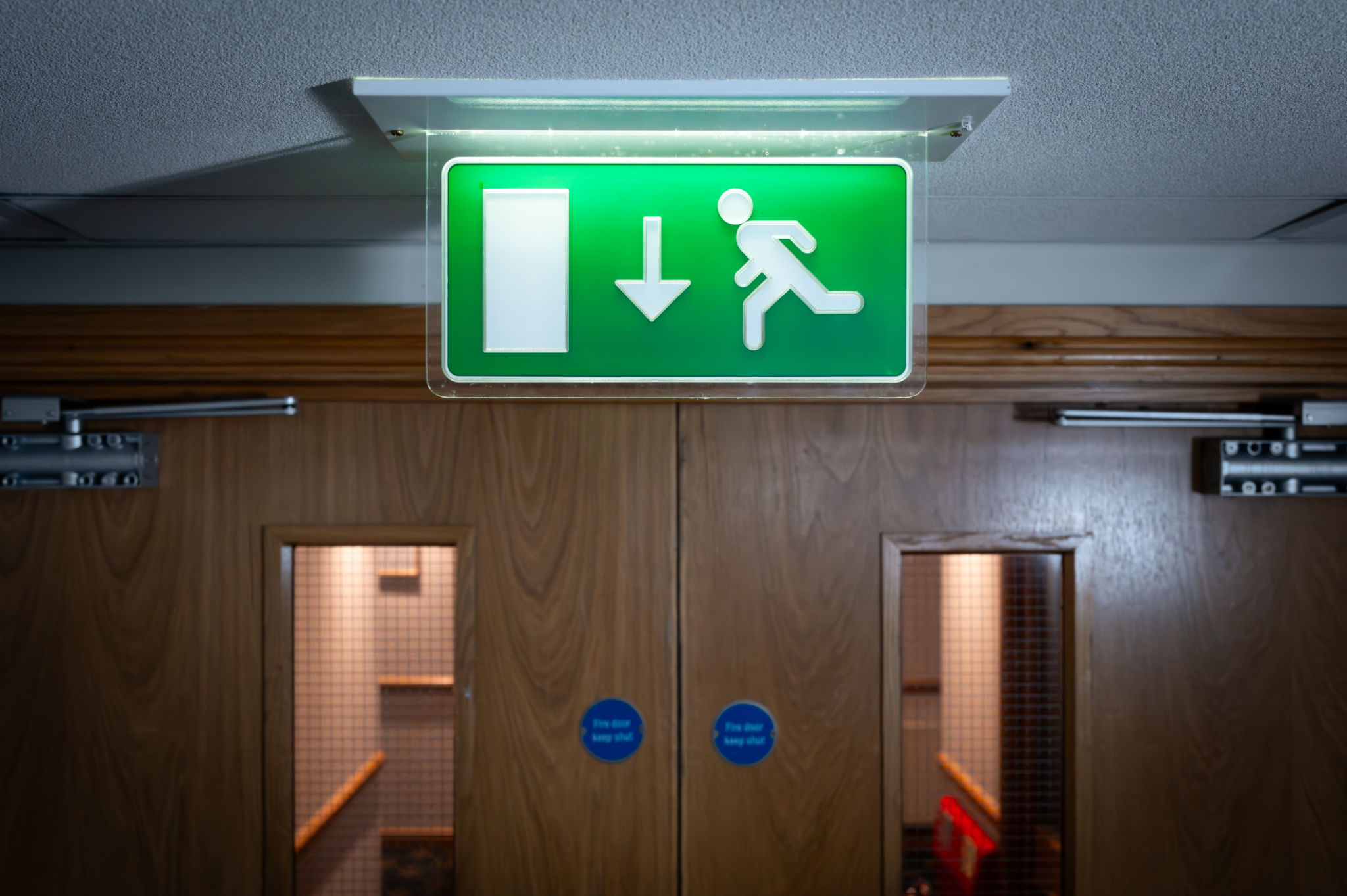Top 5 Myths About Fire Escape Inspections Debunked
Fire escape inspections are critical for ensuring the safety and compliance of buildings. However, there are several myths surrounding these inspections that can lead to misunderstandings and potentially dangerous oversights. In this article, we will debunk the top five myths about fire escape inspections.
Myth 1: Fire Escapes Are Only for Older Buildings
One common misconception is that fire escapes are only necessary for older buildings. While it's true that many historic buildings feature traditional fire escapes, modern structures may also require them, depending on local building codes and regulations. Fire escapes provide an essential second means of egress, which is vital in case of an emergency.
Even in newer buildings, maintaining and inspecting fire escapes is crucial for ensuring that they function correctly when needed. Regular inspections can identify potential hazards, such as rust or structural weaknesses, that could compromise safety.

Myth 2: Inspections Are Only Needed After an Incident
Another myth is that fire escape inspections are only necessary after an incident, such as a fire or emergency evacuation. In reality, regular inspections should be part of a building's routine maintenance schedule. Proactive inspections help identify issues before they become significant problems, ensuring the safety of building occupants.
The Importance of Scheduled Inspections
Scheduled inspections help maintain the structural integrity and operational readiness of fire escapes. By adhering to a routine inspection schedule, property owners can ensure compliance with local regulations and avoid potential fines or penalties.
Myth 3: Inspections Can Be Done by Anyone
Some people believe that anyone can conduct a fire escape inspection. However, these inspections should be carried out by qualified professionals with the expertise to identify potential hazards and compliance issues. Professionals have the training to assess both structural and functional aspects of fire escapes, ensuring they meet safety standards.

Why Professional Inspections Matter
Hiring a certified inspector ensures that the evaluation is thorough and accurate. Professionals can provide detailed reports and recommendations, helping property owners make informed decisions about necessary repairs or upgrades.
Myth 4: Fire Escapes Don't Require Maintenance
Another myth is that fire escapes are maintenance-free. Like any other part of a building's infrastructure, fire escapes require regular maintenance to remain in good condition. Regular upkeep, such as painting and rust removal, is essential to prevent deterioration and ensure longevity.
Maintenance tasks may also include checking bolts and fastenings, lubricating moving parts, and clearing obstructions from pathways. A well-maintained fire escape is more likely to function properly during an emergency.

Myth 5: Compliance Is Only About the Fire Escape
Finally, some believe that compliance with fire safety regulations is solely about the fire escape itself. However, compliance involves several factors, including clear signage, adequate lighting, and unobstructed access routes. These elements work together to ensure safe evacuation during emergencies.
The Bigger Picture of Fire Safety
A comprehensive approach to fire safety includes regular training for building occupants, installation of smoke detectors and alarms, and clear emergency exit strategies. By addressing all aspects of fire safety, property owners can create a safer environment for everyone.
In conclusion, understanding the realities of fire escape inspections is vital for maintaining safety standards and ensuring compliance with regulations. By debunking these myths, we hope to encourage property owners to prioritize regular inspections and maintenance of their fire escapes.
